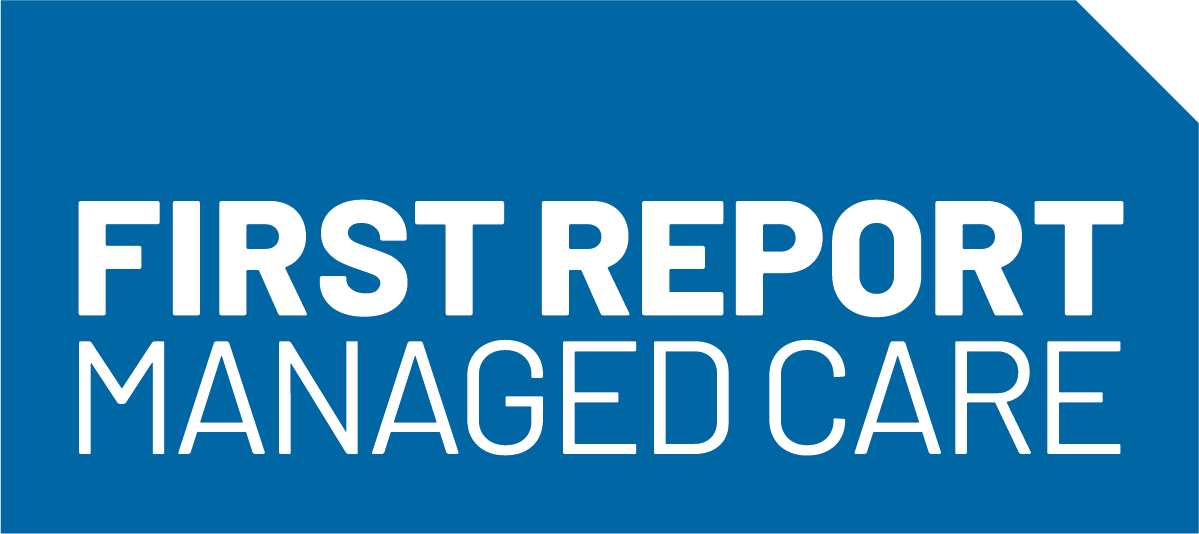Maximizing Factor VIII to Reduce Costs and Complications in Hemophilia A
Hemophilia A remains a high-burden, complex condition for patients, caregivers, providers, and payers despite decades of innovation in treatment. A recent supplement published in The American Journal of Managed Care explores the ongoing clinical and economic challenges in hemophilia A care, with a specific focus on optimizing factor VIII (FVIII) levels through prophylaxis, personalized care, and comprehensive managed care strategies.
While prophylactic FVIII replacement reduces the frequency of bleeds and lowers emergency care utilization, it does not fully prevent joint deterioration or chronic pain. Nearly half of PwHA on prophylaxis still report ongoing pain, and subclinical bleeds can lead to irreversible joint damage. Mental health issues, reduced mobility, and low bone mineral density also contribute to the high clinical burden of the disease.
Treatment costs remain substantial, with annual therapeutic expenses ranging from $200 000 to over $800 000 per patient. However, these costs are offset, in part, by reductions in hospitalizations and emergency visits. Coverage policies across commercial insurers vary widely, often limiting access based on bleeding history or requiring step therapy—barriers that can delay effective care.
The treatment landscape now includes standard and extended half-life FVIII therapies, non–factor therapies like emicizumab and marstacimab, and gene therapy. Among these, high-sustained FVIII replacement therapy, such as efanesoctocog alfa, has shown promise in maintaining protective FVIII levels with less frequent dosing. While gene therapy offers the potential for long-term benefit, variability in durability remains a concern.
The World Federation of Hemophilia advocates for a patient-centered, multidisciplinary approach anchored in individualized, pharmacokinetic-guided care. To meet the goal of 0 bleeds, managed care strategies must prioritize access to therapies that maximize FVIII levels, reduce treatment burden, and support adherence—particularly during life transitions. Aligning payer policies with evolving clinical standards is essential for improving outcomes in this rare but high-cost condition.
Reference
Gollard R. The benefits of sustaining high factor VIII levels in people with hemophilia A. Am J Manag Care. 2025;31(2 Suppl):S15-S22. doi:10.37765/ajmc.2025.89703











